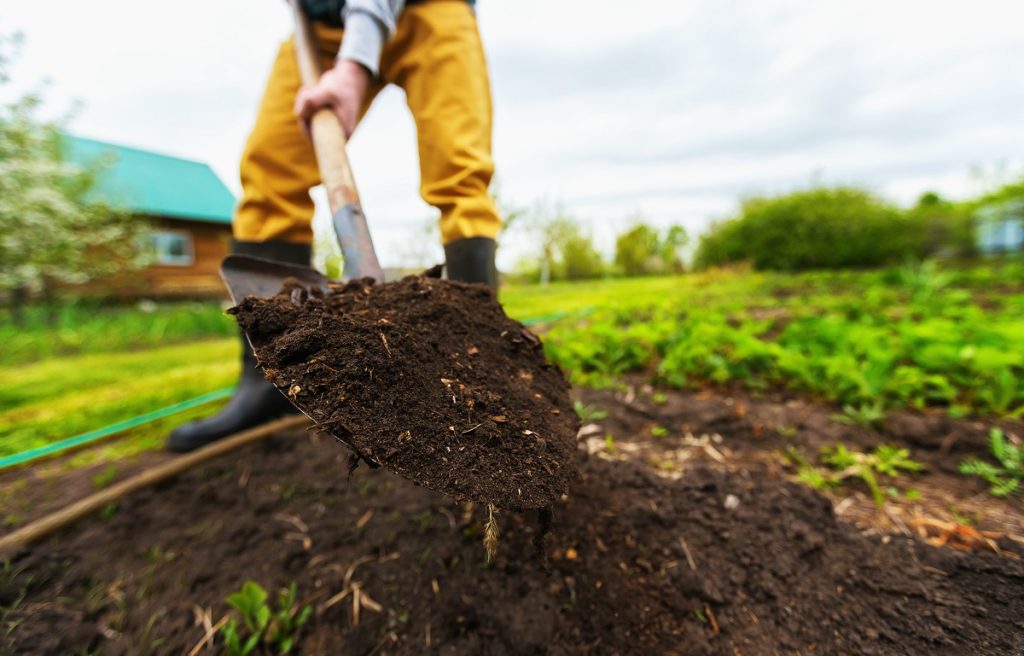Solarizing your soil is an incredibly effective method for killing off unwanted weeds and lawn pests. However, it should only be done in areas of your lawn where you want to completely start over.
The process involves using the heat of the sun, as well as steam from irrigation, to create extreme temperatures both above-ground and within the soil. This method kills all living organisms, including healthy plants and grasses.
If you’re considering soil solarization, here are some important details to keep in mind:
Requirements
You will need a clear sheet of plastic, preferably commercial grade, to cover the ground with. Anything solid or tinted won’t allow enough sunlight for the process to work effectively.
You’ll also need the tools and man-power necessary to dig into the ground sufficiently to bury the edges of the plastic sheet. This ensures that it’s airtight over the ground.
Be prepared to water the ground pretty heavily beforehand, and to allow for 4 to 6 weeks before removing the sheet. If you plan to clear some yard space for a garden, for instance, make sure the timing of the soil solarization lines up with the planting schedule.
Process
- Select and measure the area you wish to treat. Solarizing your soil is effective for spot-treating unwanted patches of weeds, or preparing the ground for new growth. Be sure you know the amount of square feet you wish to cover, without risking damage to adjacent plants and grasses.
- Purchase and prepare a clear plastic sheet sufficient for the area.
- Thoroughly water the area beforehand, to a depth of 10 to 12 inches. This allows for repeated evaporation in the sun’s heat.
- Cut and place the clear plastic sheet.
- Use a shovel to dig up around the entire perimeter, and then bury the edges of the sheet. Be sure you use enough dirt to make it airtight and heavy enough to stay in place for several weeks.
- Check the sheet regularly for condensation. If the amount of steam decreases rapidly within the first 2 or 3 weeks, you may want to rehydrate. This would include digging up a portion of the sheet to irrigate, or running your in-ground sprinkler system.
- Remove the sheet after 4 to 6 weeks, and enrich the soil with compost and/or fertilizer.
Considerations
As stated before, soil solarization doesn’t just kill weeds, diseases, and lawn pests. If you use this process on a large stretch of lawn, you will also lose your grass.
However, that is exactly what makes it effective if you want to completely clear out a portion of your lawn for gardening, or want to kill off a large patch of weeds. Just be sure you only use this method if you want to completely rid the area of all plant life.
Soil solarization is best done during the hottest time of the year. Temperatures can reach 180 degrees Fahrenheit in the soil, with the sunlight and the water steam working together. This is highly effective in killing microbes, root systems, bugs, and established plant life.
This is actually a recommended method for getting rid of crabgrass. If you’re facing that issue, take a look at How to Get Rid of Crabgrass Without Chemicals.

